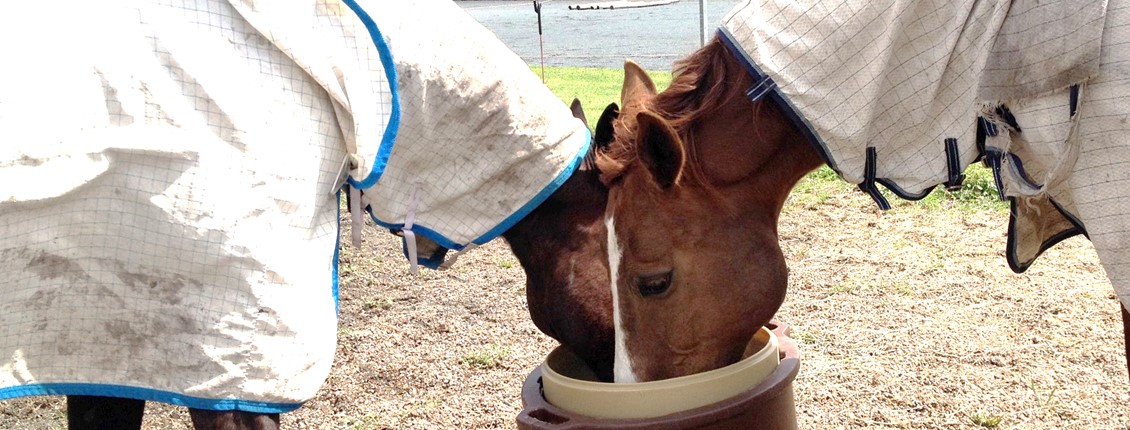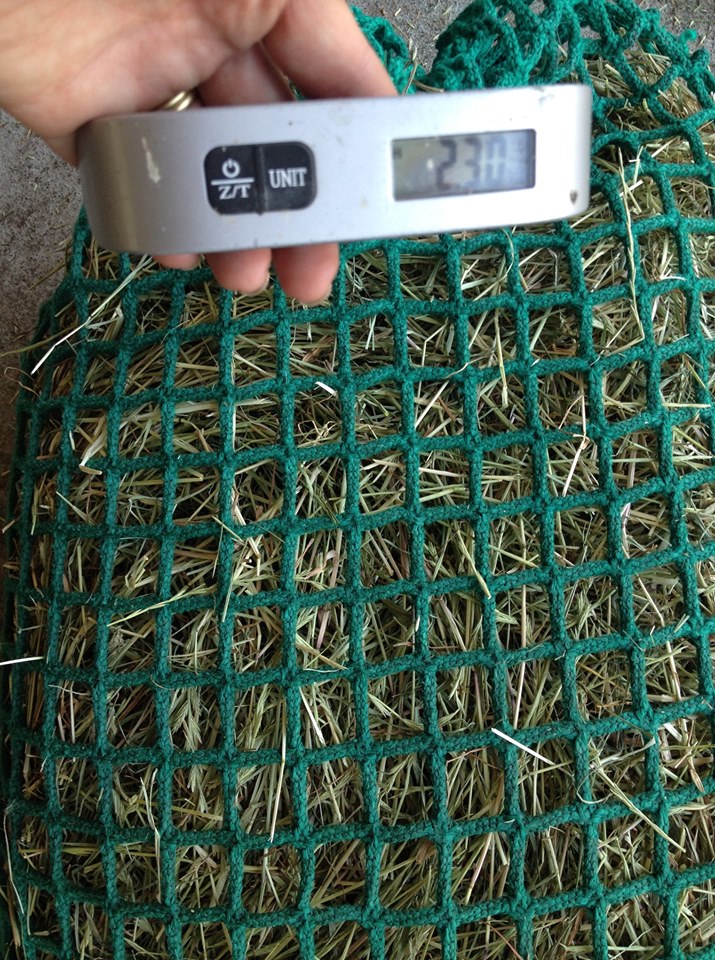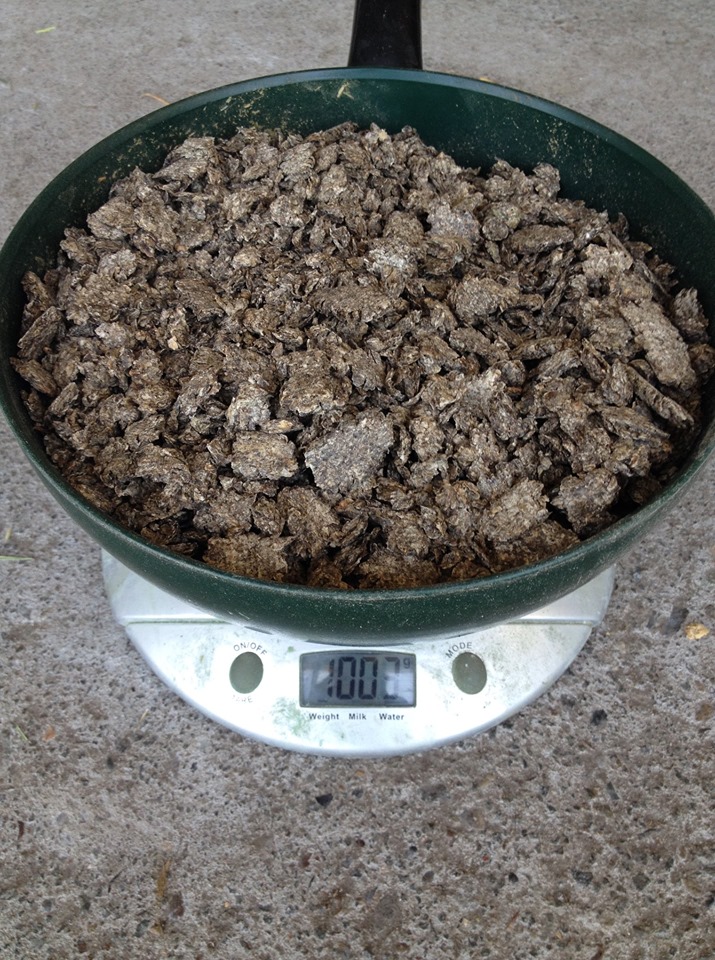
Maintaining Fibre Intake When Hay Is In Short Supply
Fibre is essential for maintaining a healthy digestive tract. It encourages salivation which acts as an acid buffer and lubricant to the digestive tract, and helps prevent gastric ulcers. Coarse fibre provides ballast to prevent gut twists, promotes peristalsis (intestinal movement) and the flow of blood to the digestive tract.
Fibre plays a very important role in feeding the microbes in the hind gut and keeps their population in a healthy balance. In return for feeding these microbes the foods they thrive on they produce volatile fatty acids via fermentation. Volatile fatty acids are utilised by your horse for energy or stored as fat. An added bonus coming into winter is that the heat produced during the fermentation process helps to keep your horse warm.
When hay or pasture is in short supply it is not recommended to increase the grain portion of the diet. Large amounts of grain are known to be involved with the development of gastric ulcers and may trigger stereotypical or unwanted behaviours in susceptible horses.
Digestion of grain is primarily reliant on enzymatic digestion in the small intestine. The small intestine is relatively short and digesta passes through quickly. Grain that has not been fully digested in the small intestine passes through to the hind gut where it is fermented by microbes in the hind gut. This type of fermentation produces lactic acid as a by-product which changes the pH of the hind gut making it become more acidic.

This creates an environment where the healthy microbes cannot effectively survive and the undesirable bacteria increase in numbers. The end result is hind gut acidosis, inflammation, diarrhoea, colic, laminitis. You may find yourself with an underperforming horse and outlaying money for ulcer medications, hind gut buffers, and remedies to combat inflammation. Recovery involves increasing the fibre content of the diet, reducing grain products, and the timeline to full recovery can be very slow. This can be avoided by feeding fibrous products in the first place.
In the absence of pasture long-chop hay is very important for your horse as it encourages chewing which produces saliva, and it also reduces boredom. If hay is in short supply in your region you can extend your supplies by reducing wastage and slowing consumption via the use of slow feeder hay nets and hay feeders. It is also helpful to know how much hay your horse needs each day and weighing out its rations. Baggage or fishing scales are useful for this.
Another way to extend your hay supplies is to combine it with forage-alternatives such as chaff, hay pellets, hay cubes and haylage. Other products for consideration include sugarbeet pulp and soyhulls. These are great sources of digestible fibre but being highly digestible they don't add much to the coarse fibre portion of the diet. Remember to moisten or soak these feeds to prevent choke and weigh out portions so you do not inadvertently underfeed your horse.

As short-chop and pellet feeds are consumed more quickly than hay try to feed several meals spread throughout the day. This way your horse will not eat its daily allocation as quickly and then stand around idle until the next meal arrives. Be creative and think of ways to extend feeding times through use of feed toys or placing feed in multiple containers in multiple locations encouraging your horse to seek and forage for its food.
How much to feed? Depending on your horses body condition and workload aim to feed about 2% of its bodyweight per day (eg 500kg horse should receive 10kg feed per day). As a minimum half of its intake (or at least 1% of its body weight) should ideally be long-chop fibre (eg. hay, pasture). The rest can be made up of forage-alternatives and/or concentrates.
Supplied by Karen Richardson BSc(Hons), MSc Equine Science










